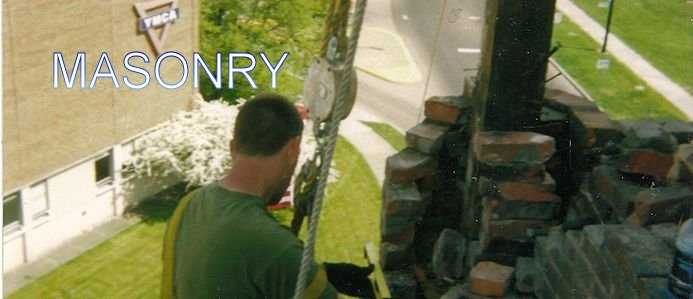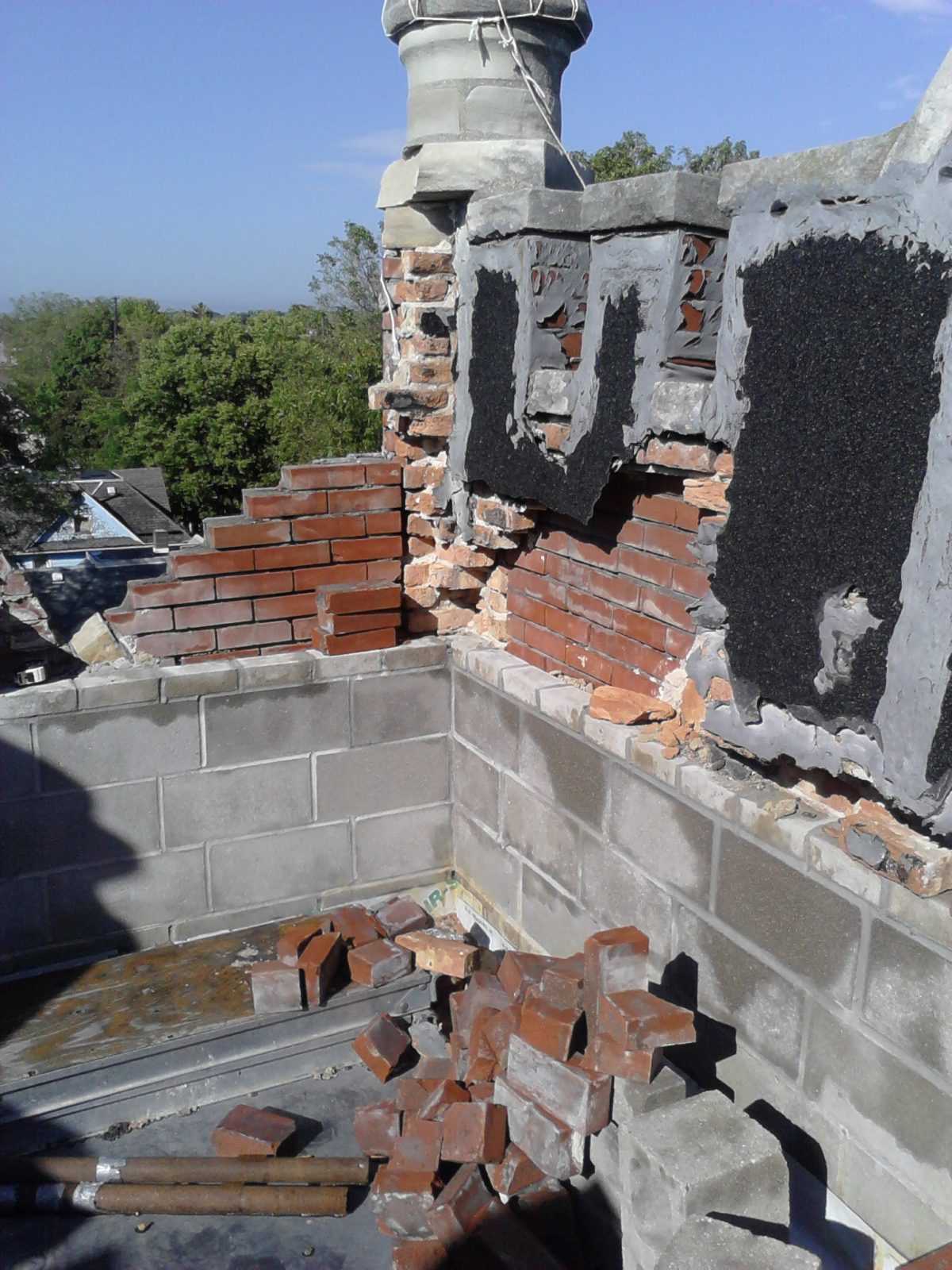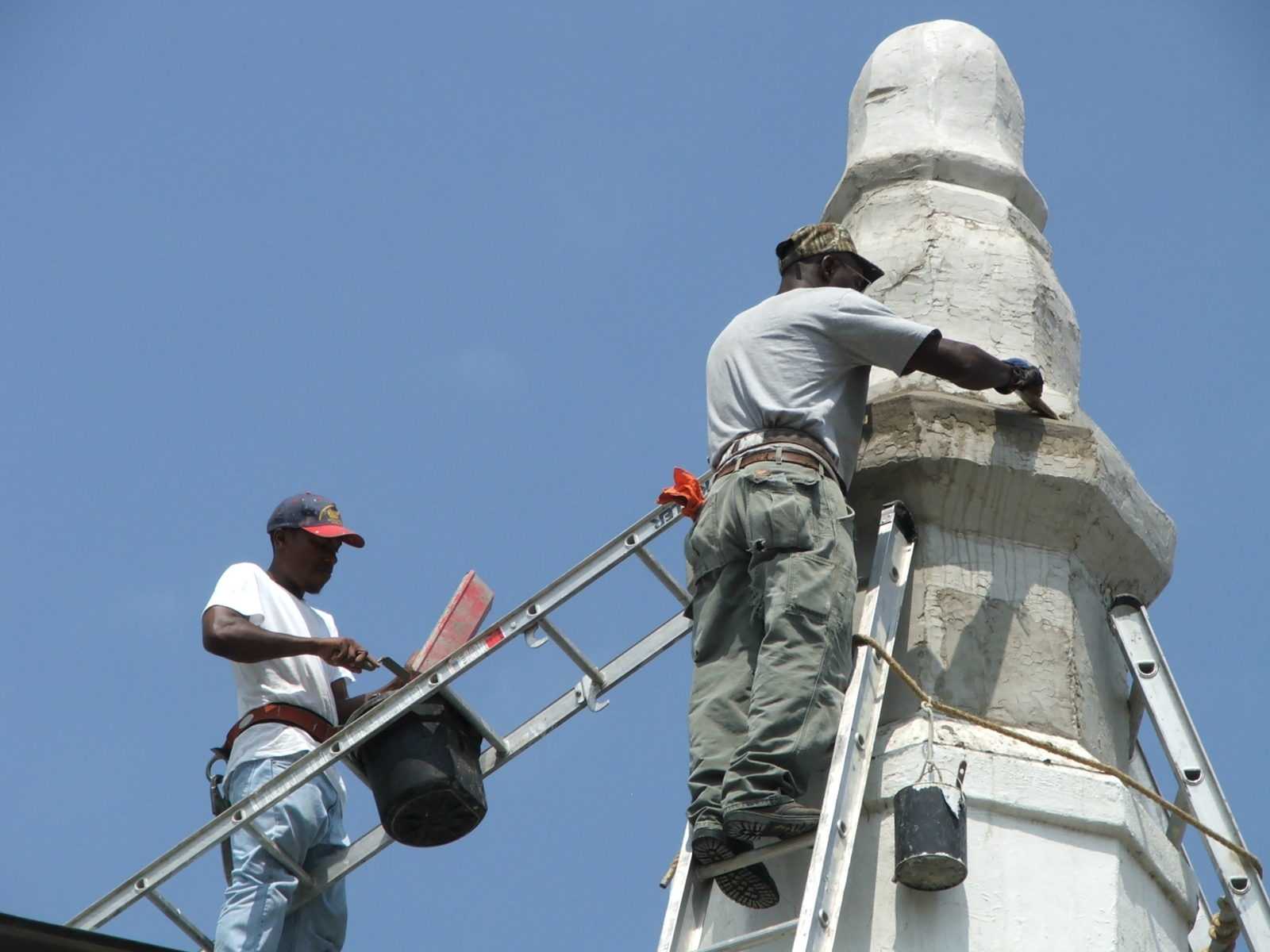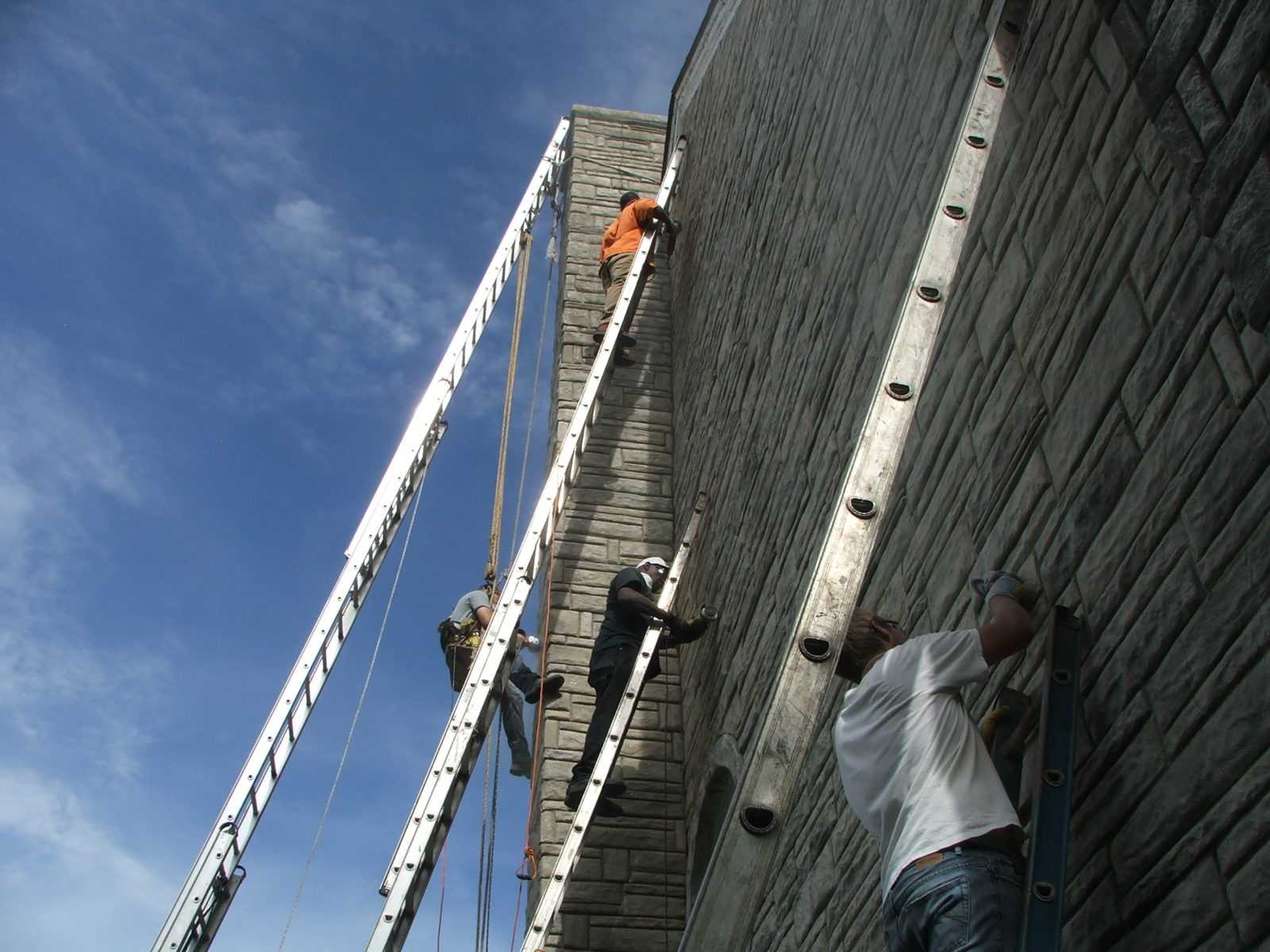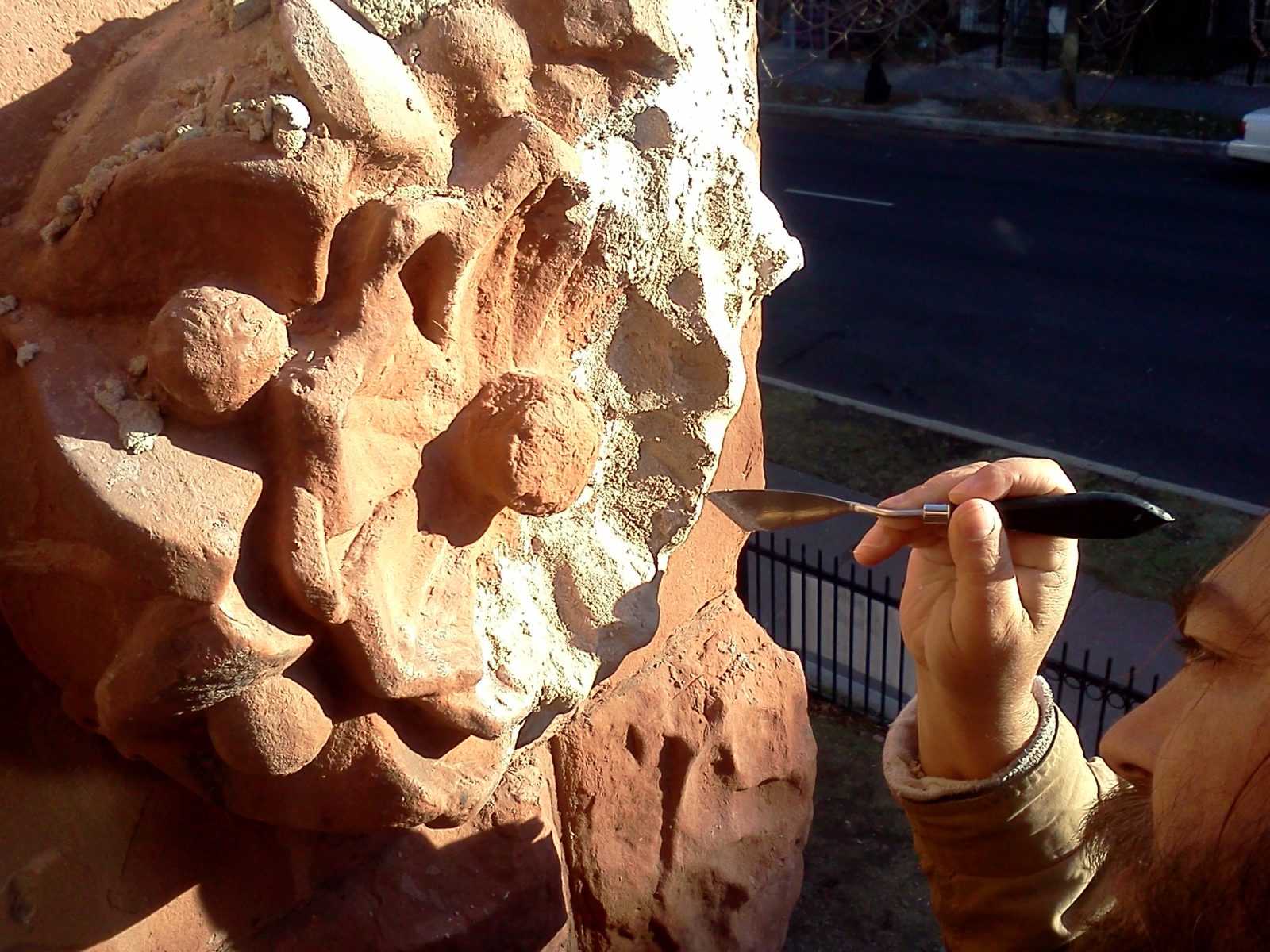Looking for a church masonry contractor?
Drop us a line today for a free no obligation quote!
Church Masonry Contractor
Brick, masonry and stone are parts of the unique characteristics of many churches and with proper maintenance may last hundreds of years. However church masonry, tuck pointing, stone restoration and stucco repair all require a proper understanding of the elements, historic materials, lime mortar mixes and new cementitious compounds that can permanently restore your stonework and masonry.
Work the clay, tread the mortar, repair the brickwork! -- Nahum 3:14b
Church Masonry Restoration
The professionals of Inspired Heights can perform all your church's brick, stone, masonry and stucco repairs.
We are your church masonry contractor
- Tuck Pointing and Brick Replacement
- Stone Restoration
- Stucco and Masonry Repair
- Historic mortars
- Water repellants
Your complete church masonry contractor
The professionals of Inspired Heights can meet all your church's masonry & stone restoration needs. Church, tower and steeple tuck pointing, historic church brick masonry repair and replacement, stucco repair and etc.
Historic Church Brick Masonry and Tuck Pointing
Over the years there have been many changes made in the masonry field. Therefore, careful considerations must be made when choosing a church masonry contractor to interact with the historic mortar and traditional building materials that are often found on historic churches.
Historic Church Bricks
Bricks are formed from clay mixed with sand and fired in a kiln. Older, historic bricks are typically softer than our modern bricks because today’s kilns fire bricks at a higher temperature, resulting in a consistently harder brick. Often the bricks used during the historic period would be locally fired using local materials, further affecting the brick’s consistency. These soft bricks were often used in the building of our historic churches. Because their composition is different, the treatment methods for modern bricks are incompatible with the soft bricks found on historic churches. Inspired Heights are experienced in brick masonry and stone restoration; they are a historic church masonry contractor.
Historic Lime Mortar and Tuck Pointing
Mortar is a binding agent that also serves as the cushion in the church's stone and brick masonry structure. Historic mortar is a mixture of cement, lime and sand that may include various additives to improve its strength, durability and color. These could include animal hair for strength, shells as an aggregate, and natural pigments added for color. An appropriate lime-based mortar is vital to a church’s historic brick masonry construction. The lime mortar is softer than the brick and when structural movement occurs, the lime mortar is more flexible and forgiving. Therefore, when cracking occurs it will generally happen along the mortar joints, as opposed to in the bricks themselves. The advantage being that it is much easier to repair the mortar joints than replace bricks. Unacceptable modern treatments that include the use of Portland cement (a fast-setting concrete) are disastrous to the older, softer bricks. The addition of Portland in the mortar mix can greatly diminish the integrity of the church masonry by slowly crushing the bricks during natural cycles of expansion and contraction. The rigid Portland cement then causes the face of the brick to crumble and fall away, known as “spalling.”
Remember that in dealing with historic brick masonry, it is normal for the mortar to eventually develop cracks, become loose and fall out, creating gaps around the brick. This is considered to be normal and only means that the mortar has outlived its life cycle. Hire a church masonry contractor knowledgeable about historic brick masonry to restore your church masonry in a process known as tuck pointing.
Proper maintenance of Historic Church Masonry & Stucco Repair
Here are some simple tips to help preserve your historic brick, stucco and church masonry:
1. Inspection of your brick masonry should be performed by an experienced church masonry contractor on a regular basis.
2. Stucco repair, stone restoration and maintenance to your brick masonry should be made in a timely fashion by an experienced masonry contractor. Delays in simple maintenance frequently result in costly repairs.
3. Direct water away from bricks. Brick masonry and lime based mortars are essentially porous and when exposed to prolonged saturation, deterioration may occur. Quickly repair any leaks from the church gutters, flashings and roofs. You should also redirect any water that pools around the building foundation.
4. Vegetation should not be permitted to grow on any of the brick masonry, nor too close to your foundation. Both the roots and moisture may cause masonry damage. (This can also be inviting to termites and other insects.)
5. An experienced historic church masonry contractor will never use harsh cleaning methods, such as sandblasting or power washing brick masonry or in performing a stucco repair. These techniques can actually strip the hardened outer face of the historic brick masonry and weaken its integrity.
6. Water sealants, paint and brick / stucco do not mix. Masonry is designed to be porous, and these treatments prevent natural wicking (absorption of water) and moisture release. If you practice the preventive maintenance outlined above, water sealants and paints are not necessary. However, if the church masonry has been painted or treated careful expert evaluation should be consulted by your church masonry contractor to determine the best course of action.
For more information on what to look for when inspecting your church masonry click here.
